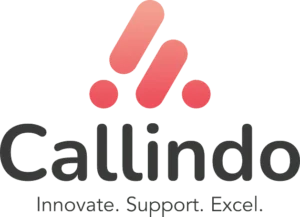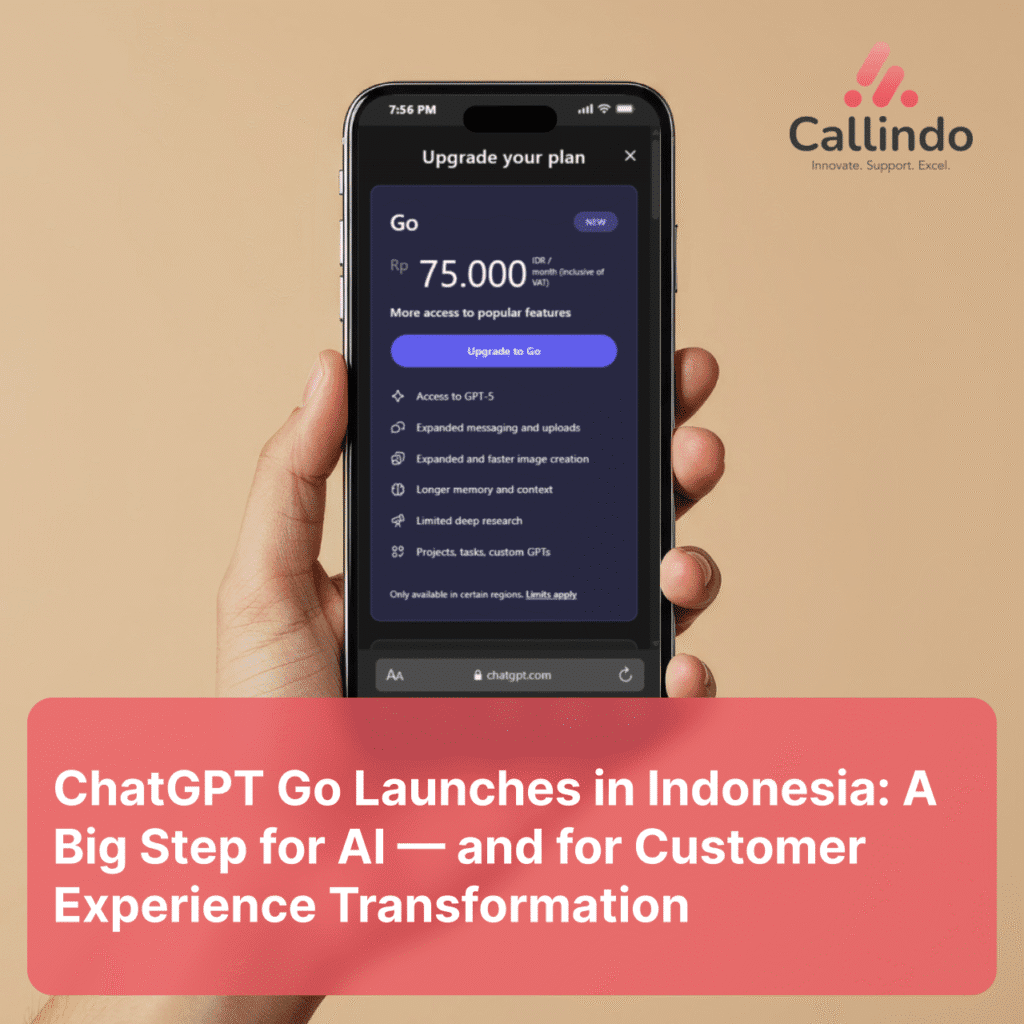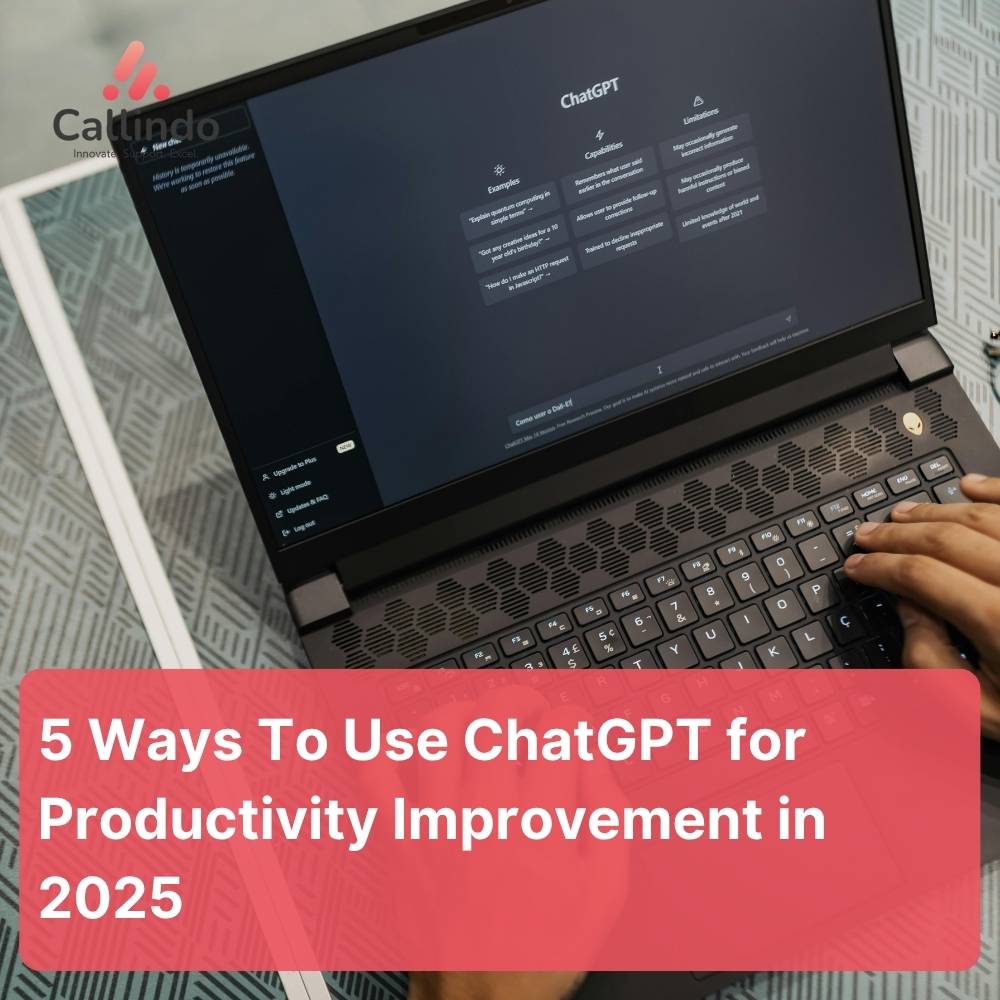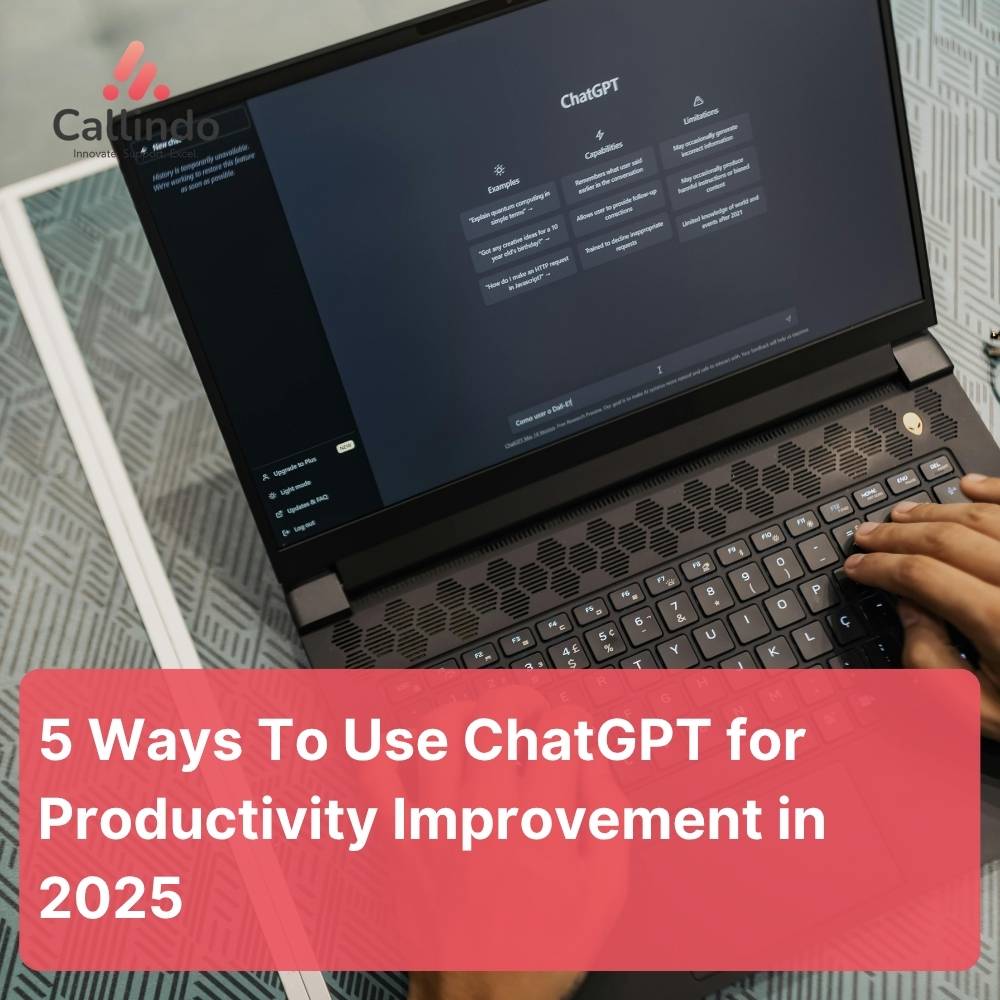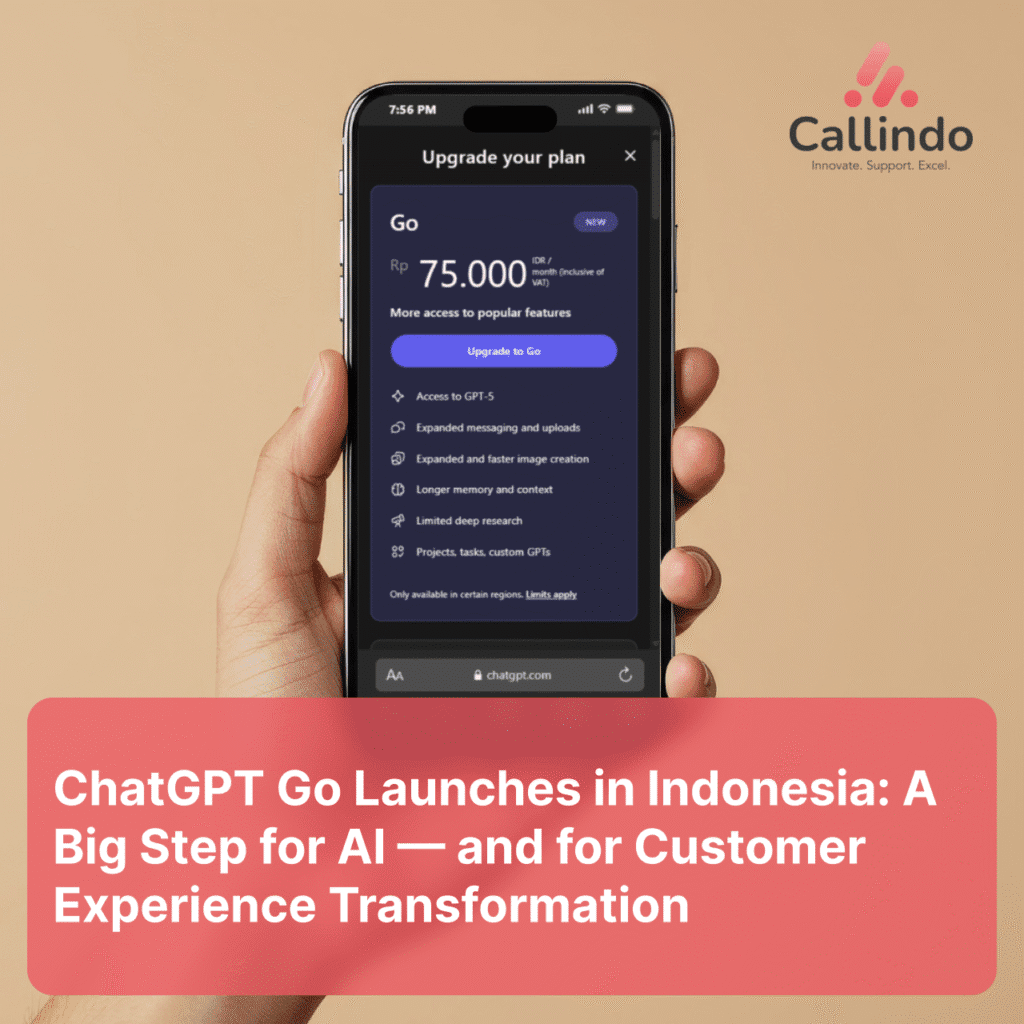An educational guide for contact-center leaders in banking, insurance, fintech, debt collection, and utilities.

Indonesian contact centers must delight customers and satisfy increasingly strict rules on privacy, disclosure, and complaint handling. Manual QA that reviews only a sliver of calls leaves too much risk on the table. By transcribing and analyzing every interaction, automated QA platforms surface breaches in near-real time, shrink remediation costs, and create a defensible audit trail—all while freeing supervisors to coach rather than chase violations.
Indonesia’s Regulatory Landscape
Jurisdiction | Core Rules Shaping Voice Interactions | Typical Call-Center Requirements |
|---|---|---|
Indonesia | Law No. 27/2022 on Personal Data Protection (UU PDP); OJK consumer-protection circulars; Bank Indonesia regulations on complaint resolution | Obtain explicit consent, mask payment data, retain recordings as evidence, respond to complaints within statutory timeframes |
United States | TCPA, FDCPA, HIPAA, PCI DSS | One-party vs. two-party consent; “Mini-Miranda” for debt collection; health-data safeguards |
European Union | GDPR, PSD2, e-Privacy Directive | Lawful basis for recording, right of access, secure authentication |
Philippines & Singapore | Data Privacy Act, PDPA | Consent and breach-notification windows; local-storage mandates for sensitive data |
Indonesia’s PDP Law sets penalties that include billion-rupiah fines and potential suspension of business licenses, and the two-year transition period ended on 17 October 2024. The Financial Services Authority (OJK) has already issued dozens of administrative sanctions and fines to providers that mishandled consumer complaints in Q1 2025 alone. Bank Indonesia regulations likewise require banks to log and resolve every complaint received via phone or other channels.

Why Manual Sampling Breaks Down
Coverage gap: Reviewing 5 % of calls means 19 out of 20 interactions remain unchecked.
Human fatigue & bias: Scoring quality slips during long shifts; interpretation differs among reviewers.
Lag time: Violations discovered days later narrow the window for corrective action and raise the risk of fines.
Hidden cost: Missed breaches trigger remediation calls, refunds, and churn—often dwarfing the price of QA technology.
Channel complexity: Supervisors must track voice, WhatsApp, chat, and email, each with unique compliance triggers.
Automated Quality Assurance—Principles
Building Block | Purpose | Compliance Payoff |
|---|---|---|
Speech-to-text (STT) | Converts audio to searchable text | Enables keyword & pattern checks at scale |
Rule-based detection | Flags phrases such as “nomor kartu” spoken without PCI masking | Deterministic capture of critical breaches |
Machine-learning models | Spot nuanced tone, over-talk, or intimidation in debt-collection calls | Reduces false negatives in complex dialogues |
Real-time & post-call modes | Immediate coaching vs. end-of-day deep dives | Balance speed with analytic depth |
Dashboards & alerts | Visualize trends, push instant notifications | Let supervisors intervene within minutes |
How to Build an Indonesian-Ready Compliance Check
Secure data ingestion
Encrypt recordings in transit and at rest, and ensure servers are located in Indonesia or another permitted jurisdiction.
Set transcription benchmarks
Aim for ≥ 90 % word accuracy on industry vocabulary (policy numbers, product names).
Translate regulations into rules
Example: OJK requires fee disclosure before transaction confirmation—create a rule that checks its presence within the first 30 seconds of the call.
Define scoring logic
Weight PCI masking, PDP consent, and debt-collection tone more heavily than secondary items such as filler words.
Design supervisor workflow
A dashboard lists calls by severity; a single click jumps to the timestamp where the breach occurred; supervisors add comments and schedule coaching.
Continuous improvement
Review false positives weekly, refresh language models quarterly (slang evolves fast), and log every rule change for auditors.
Metrics That Matter
Violation rate per 1 000 calls—baseline risk exposure.
Mean time-to-resolution (MTTR)—hours from flag to supervisor action.
False-positive / false-negative ratio—health of rule-sets and models.
Correlation with CSAT & first-call resolution—shows whether strict compliance also boosts customer outcomes.
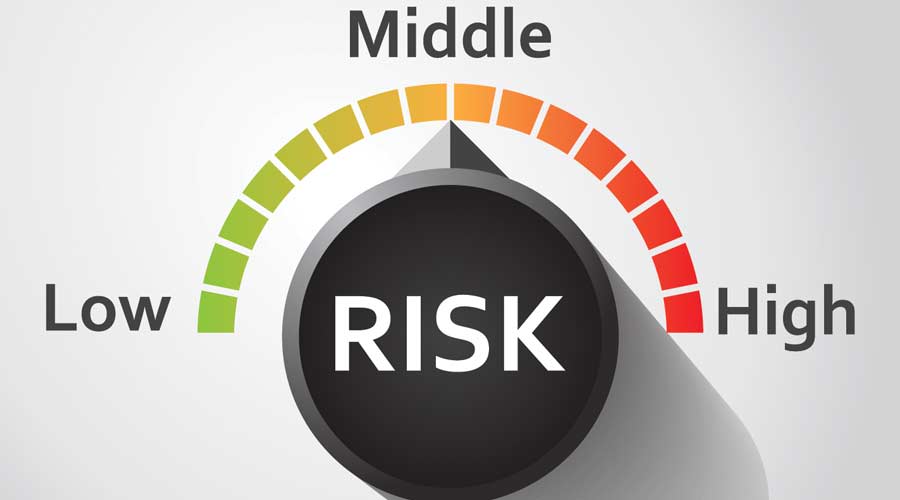
Implementation Challenges & Mitigation
Challenge | Mitigation Strategy |
|---|---|
Data-privacy mandates | Deploy sovereign cloud or on-prem; redact payment data in real time. |
Change management | Train supervisors on dashboards; celebrate quick wins publicly. |
Model drift | Schedule accuracy tests monthly; retrain on new slang or product terms. |
Multilingual operations | Maintain separate rule-sets for Bahasa Indonesia, Javanese, and English; tune acoustic models per language. |
Case Illustration (Anonymised)
A Jakarta debt-collection outsourcer processing 50 000 calls per month adopted automated QA with bilingual rule-sets. Within 90 days, regulatory breaches dropped 70 %, MTTR shrank from 72 hours to 6 hours, and agent callback time fell 18 % thanks to immediate coaching.
Best-Practice Checklist
Map every PDP-law clause, OJK directive, and BI complaint requirement to a detection rule.
Validate STT accuracy on at least 100 sample calls per language.
Mask payment data instantly; never store raw card numbers.
Set alert thresholds by severity; escalate life-critical issues immediately.
Log and review false positives weekly; revise rules quarterly.
Link QA findings to micro-learning clips sent to agents.
Retain recordings and transcripts for the period regulators require.
Conduct quarterly compliance drills with supervisors.
Extend the same rule engine to WhatsApp, chat, and email.
Document every rule and model change for auditors.
Future Outlook
Expect sentiment-weighted compliance scoring that prioritises angry customers at regulatory risk, real-time multilingual redaction across code-switching dialogue, and automated “nudge” coaching delivered to agents moments after a potential breach.
Conclusion
Automated QA replaces reactive, sample-based checking with full-coverage, real-time vigilance. For Indonesian call centers navigating PDP Law, OJK sanctions, and BI complaint rules, it moves compliance from a periodic chore to a proactive safeguard—reducing fines, protecting brand trust, and giving supervisors the insight to coach rather than chase violations.
Further Reading & References
Law No. 27/2022 on Personal Data Protection (UU PDP).
OJK press release on Q1 2025 consumer-protection sanctions.
Bank Indonesia Regulation 7/7/PBI/2005 on complaint handling.
Try Callindo AIQC, our AI-powered Quality Control platform, for free right now.
